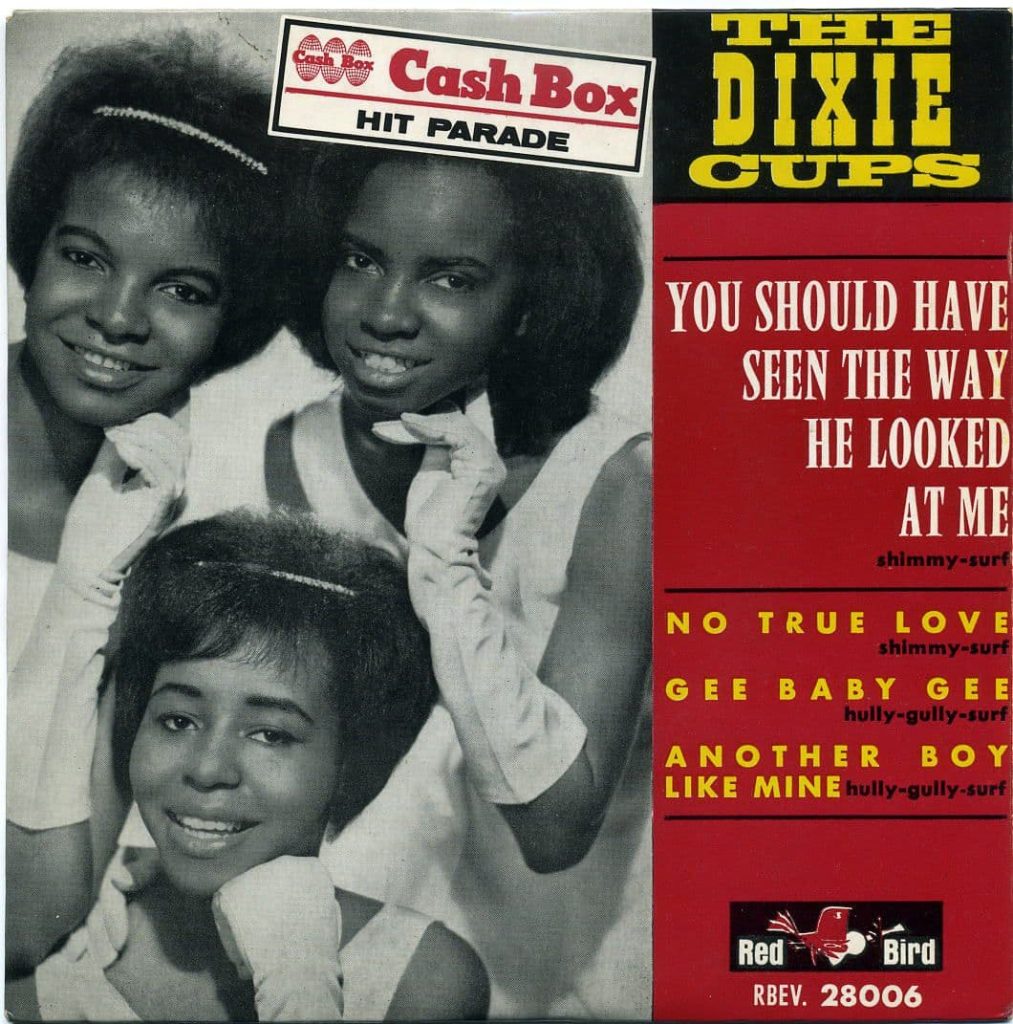
A Joyful Celebration of Love: The Timeless Charm of The Dixie Cups’ “Chapel of Love”
In the golden era of 1960s pop music, few songs captured the excitement and innocence of young love as perfectly as The Dixie Cups’ “Chapel of Love”. Released in 1964, this buoyant and heartfelt anthem became an instant classic, spending three weeks at number one on the Billboard Hot 100, a remarkable achievement for a debut single. With its jubilant melody and sincere lyrics, the song became an enduring symbol of wedding day bliss and the hope of a lifelong union.
“Chapel of Love” was penned by the legendary songwriting trio Jeff Barry, Ellie Greenwich, and Phil Spector, known for shaping the “girl group” sound that defined the era. Although the song was originally recorded by Darlene Love in 1963, her version remained unreleased until 1991. The Dixie Cups’ recording became the very first release from the newly established Red Bird Records, founded by Jerry Leiber, Mike Stoller, and George Goldner, marking the beginning of an influential chapter in pop music history.
The recording by The Dixie Cups, a New Orleans-based girl group comprised of Barbara Ann Hawkins, Rosa Lee Hawkins, and Joan Marie Johnson, imbued the song with an unmistakable charm. Their harmonies, bright and effortless, carried the joy of the lyrics straight to the listener’s heart. With its simple yet unforgettable chorus—“Going to the chapel and we’re gonna get married”—the song became a universal anthem of love and commitment. The warm sound, blending pop with a touch of New Orleans rhythm, gave the track an irresistible sense of celebration.
The song’s success was swift and significant. Upon its release in May 1964, it quickly climbed the charts, knocking The Beatles’ “Love Me Do” off the number one spot on the Billboard Hot 100, a notable feat during the height of Beatlemania. “Chapel of Love” became one of the defining songs of the summer of ’64, resonating with couples and music lovers across the nation. Beyond the charts, it became a staple at weddings, turning every dance floor into a joyous celebration of love.
But the story of “Chapel of Love” extends beyond its initial success. The song became a cultural touchstone, frequently featured in films and television shows depicting romantic milestones, from “Full Metal Jacket” to “Father of the Bride”. In 1973, Bette Midler revived the song with her soulful, theatrical style, earning a Top 40 hit and introducing it to a new generation of listeners. Additionally, The Ronettes, under the production of Phil Spector, included their version of the song on their debut album in late 1964, further cementing its place in the girl group canon.
For those who lived through the 1960s, “Chapel of Love” evokes powerful memories of a more innocent time, when songs could capture the simple joy of young romance. Its bright harmonies and sincere lyrics still resonate with couples today, making it a beloved choice for wedding playlists more than half a century later.
But beyond the music, there’s something timeless in the emotion The Dixie Cups convey—a universal dream of happiness, of finding “the one” and walking together into a shared future. “Chapel of Love” isn’t just a song about a wedding day; it’s a song about the promise that love, when it’s true, can make every day feel as radiant and joyous as the first.